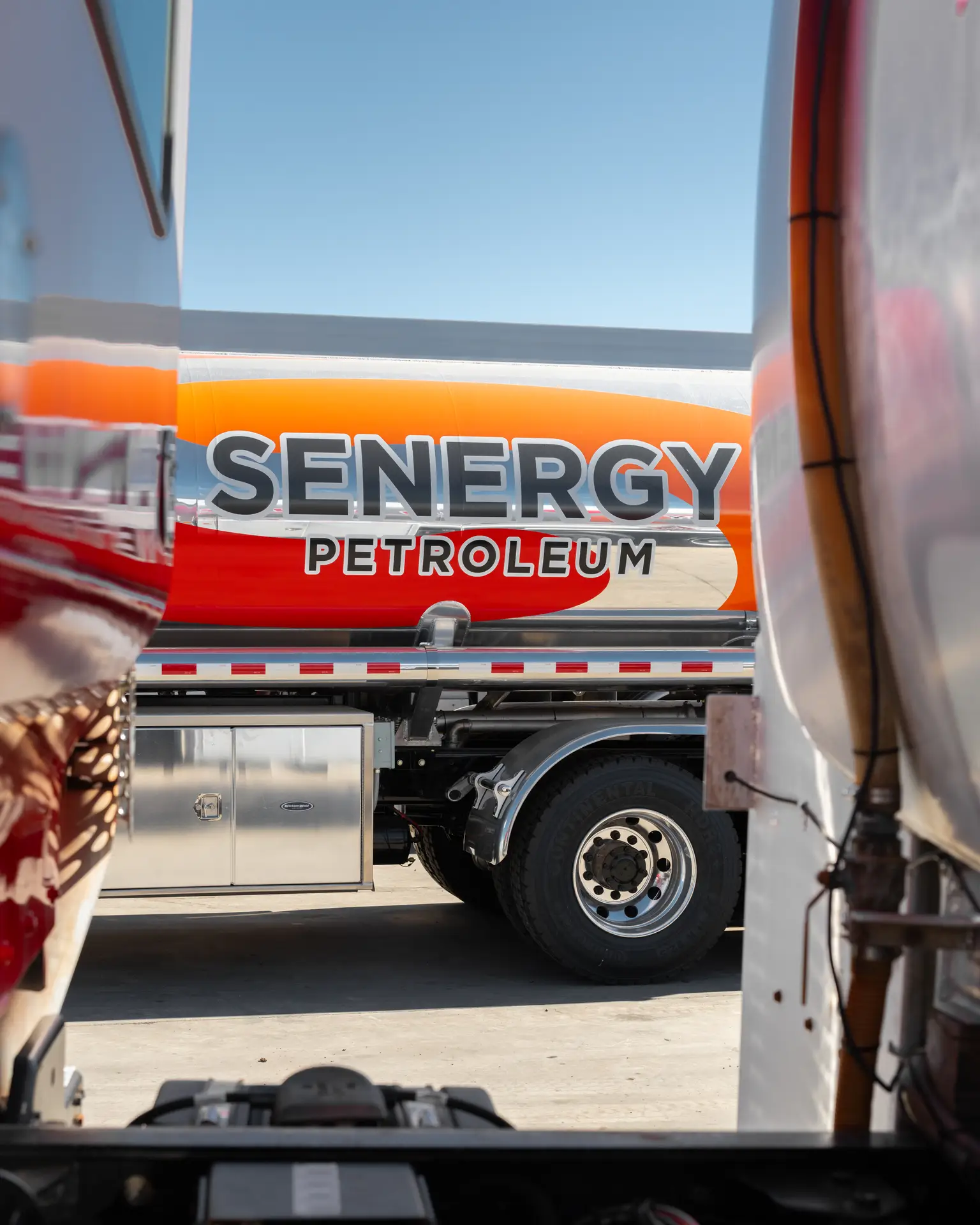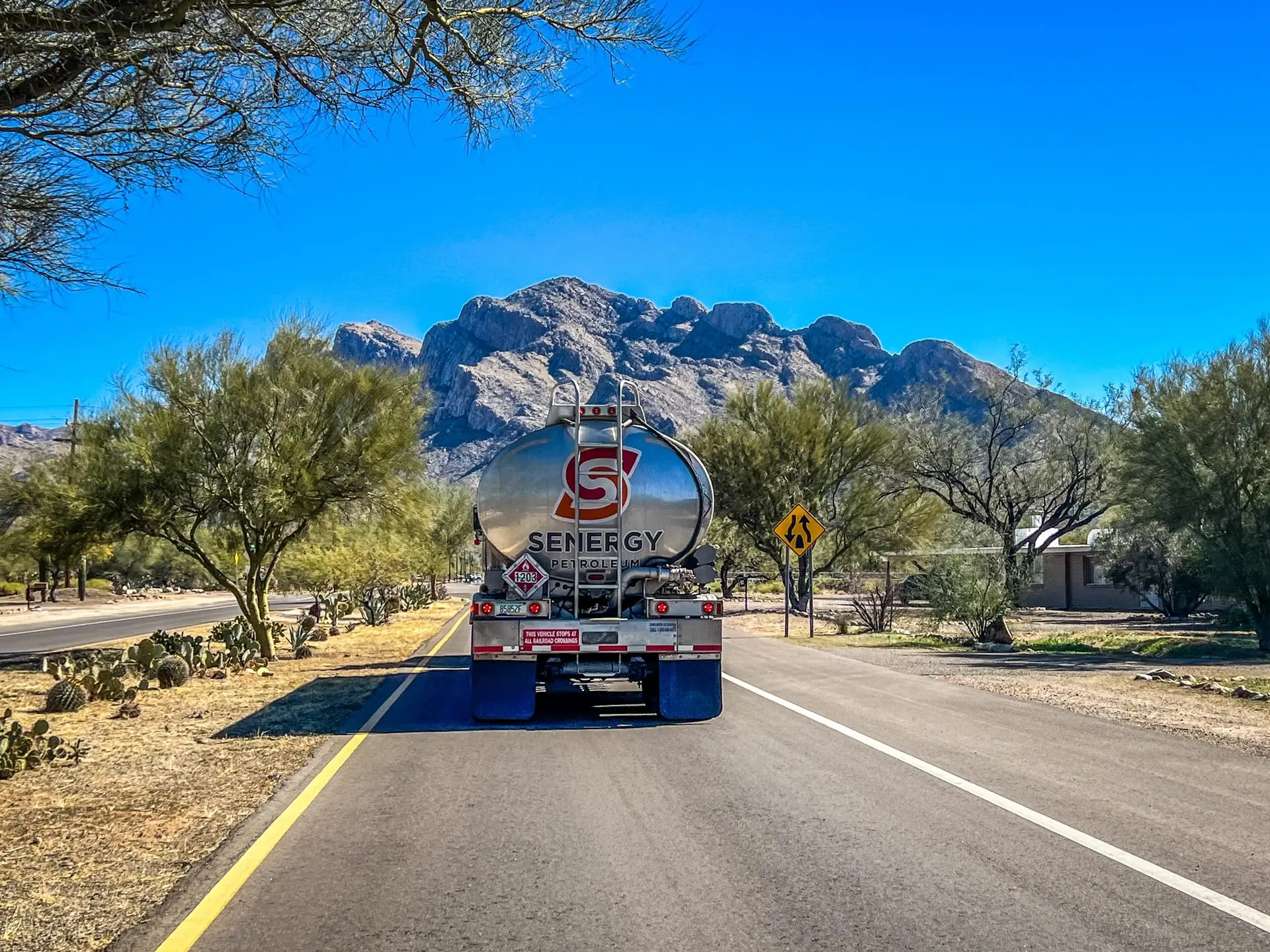Red diesel, also known as dyed diesel, is regular diesel fuel marked with red dye to distinguish it from taxable on-road diesel. Chemically, it is identical to standard diesel, with the primary difference being its intended off-road use and the lower tax rate applied. Red diesel is designated for industries such as construction, agriculture, and manufacturing to provide cost relief. Despite its simple formulation, myths persist about its legal use, quality, and effects on equipment. Some believe it’s inferior to on-road diesel or harmful to engines, but these claims are unfounded. The main difference lies in the dye and regulatory restrictions. Clearing up these misconceptions is essential for operators relying on off-road fuels who need accurate, reliable information.





